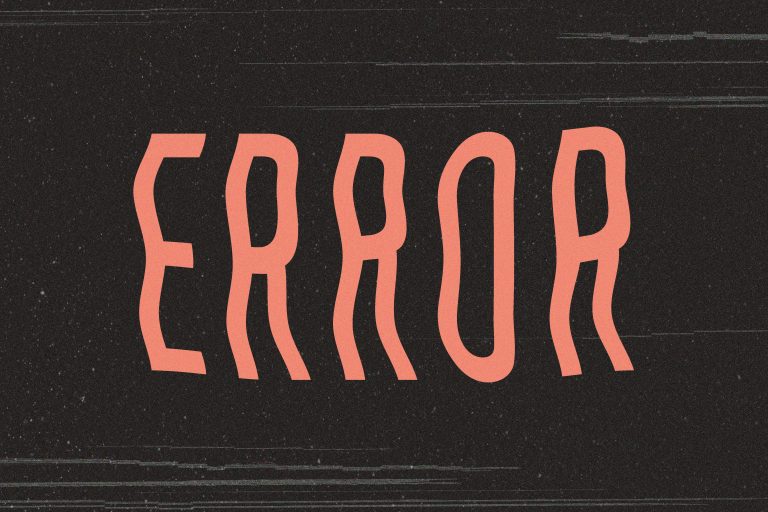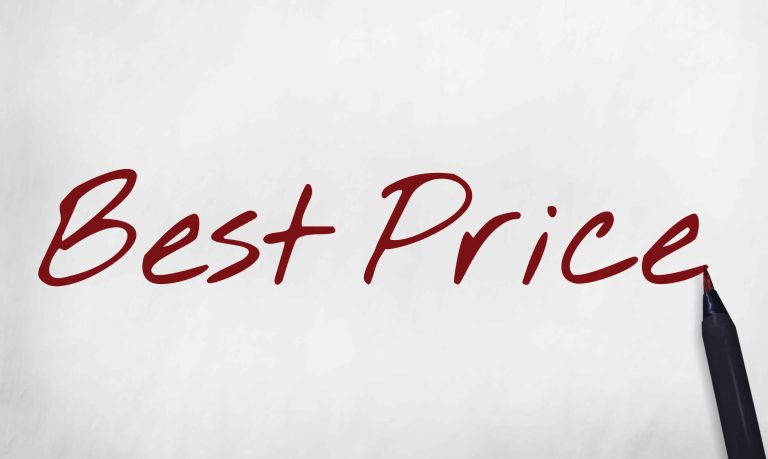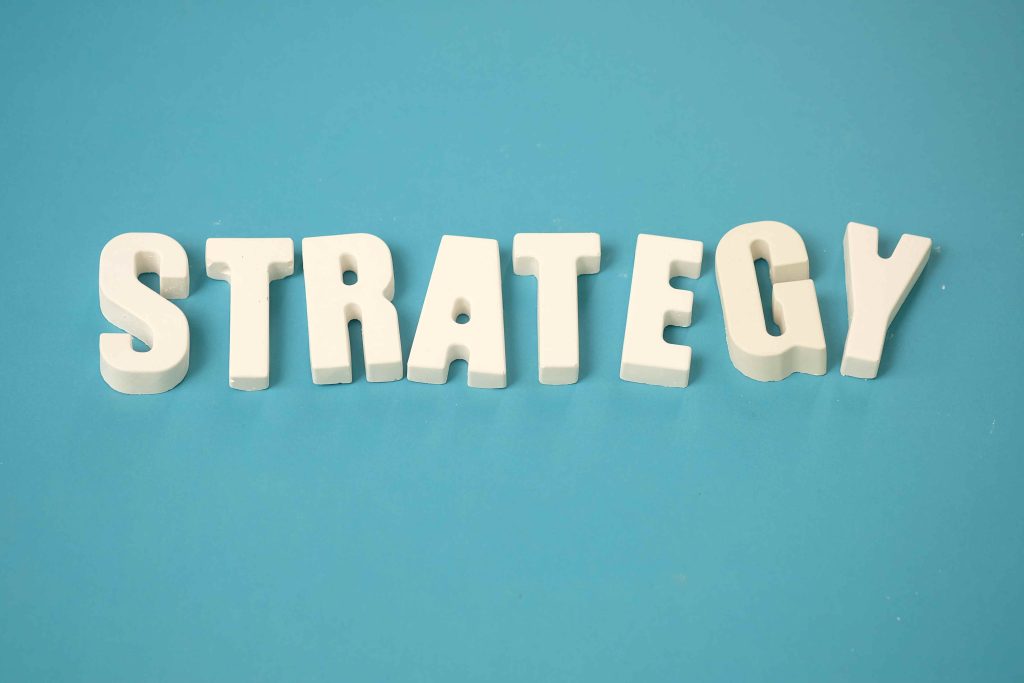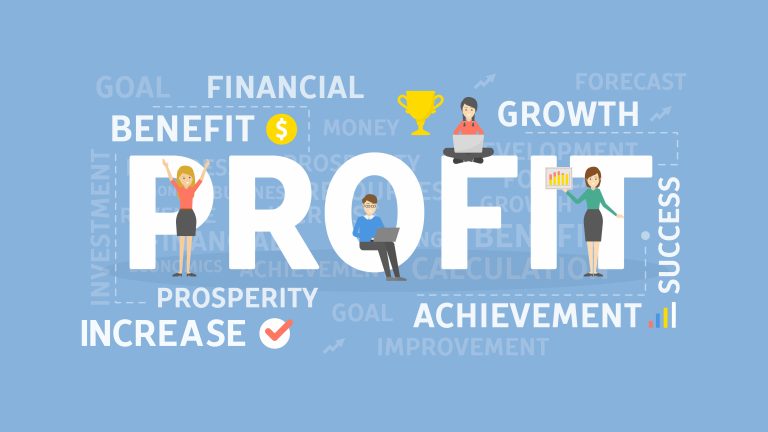What is a pricing strategy?
A pricing strategy is a plan or approach businesses use to determine the price of their products or services. It involves analysing market conditions, competition, production costs, and other factors to set a price attractive to customers while generating revenue and maximise profitability for the company.
Pricing Strategy: The Key Profitability
There are several common reasons why businesses may hesitate to increase their prices:
1. Fear of losing customers
Businesses may worry that if they raise their prices, they will lose customers who will switch to competitors offering lower prices.

2. Market competition
If there are many competitors, businesses may be reluctant to increase their prices for fear of losing market share.
3. Perceived value

If customers perceive that the product or service does not justify the higher price, businesses may hesitate to raise their prices.
4. Economic conditions
During times of economic downturn, businesses may be hesitant to increase prices for fear of losing customers who are already struggling to make ends meet.
5. Contractual obligations
If a business has contracts with customers or suppliers that prevent them from changing prices, they may be able to increase costs once those contracts expire.

6. Cost considerations
If the cost of production, labour, or raw materials has stayed the same, businesses may not see the need to raise prices.
7. Brand image
If a business wants to maintain a specific brand image or reputation, they may be hesitant to increase prices as it could be perceived as greedy or insensitive.
It is essential to identify your business objectives and determine the key factors that will allow you to achieve your goals. In the same way, you should also continuously assess and refine your pricing strategy to maximise profitability and meet your business objectives.
The Importance of Getting the right price
Price is one of the most essential variables in business and one of the most important things you can control. However, pricing is a dynamic process that requires continuous monitoring and adjustment to ensure that you maximise profitability. By developing an effective pricing strategy, you can create an efficient, cost-effective, and customer-oriented pricing structure. Many online tools allow you to research the market, identify your competitors and estimate the size of your potential market. It’s also worth getting some local market research done.
Identifying the Value Proposition
By creating a unique value proposition for each product or service, we can ensure that the targeted customer base will appreciate our products or services.
By determining what customers value in our products or services, we can create a compelling offering that will resonate with the targeted audience and encourage their purchase.
We use a variety of pricing models to ensure that our pricing is aligned with the value we create.

Common pricing strategies for Consumable Goods
Pricing strategies for consumable goods can vary depending on factors such as the product’s target market, competitors, production cost, and brand image. Here are some common pricing strategies for consumable goods:
8. Cost-plus pricing
This pricing strategy involves adding a markup to the production cost of the product to determine the selling price. For example, if the production cost of a product is £10 and the markup is 50%, then the selling price would be £15.
9. Value-based pricing
This strategy sets the price of the product based on the value it provides to customers. For example, a premium product that offers unique features or benefits may be priced higher than a similar product that does not provide those benefits.
10. Penetration pricing
This pricing strategy involves setting a low price for a new product to attract customers and gain market share. The goal is to make the product accessible to a wide range of customers and build brand recognition.
11. Price skimming
This strategy involves setting a high price for a new product to capitalise on the novelty and exclusivity of the product. This pricing strategy is often used for luxury or high-end products.

12. Bundling pricing
This pricing strategy involves offering multiple products or services at a lower price than if purchased separately. This can be a way to incentivise customers to buy more of your products.
Ultimately, the pricing strategy for consumable goods should be based on a deep understanding of the target market and the product’s value proposition. It is important to regularly evaluate the pricing strategy and make adjustments as needed based on market conditions and customer feedback.
Join the NoLimits Business Community
Are you a business owner looking to take your business to the next level? Join our innovative community of like-minded professionals and gain access to a wealth of valuable resources, including a community portal to chat with other business owners, ebooks, business development software, and growth events that will transform the way you do business. Best of all, these resources are completely free and will be available to you forever.
But the benefits of joining our NoLimits business community don’t stop there. By becoming part of our community, you’ll have the opportunity to connect with other business owners, share insights and ideas, and build valuable relationships that will help your business thrive. Don’t miss out on this amazing opportunity to supercharge your business and join us today!
Types of pricing strategies for Service Goods
Pricing strategies for service goods can vary depending on the service type and the target market. Here are some common pricing strategies for service goods:
13. Value-based pricing
This strategy involves setting prices based on the value that customers perceive from the service. For example, a luxury spa might charge higher fees than a budget spa because customers perceive greater value from the luxury spa.
14. Time-based pricing
This strategy involves charging customers based on the time they use the service. For example, a lawyer might charge clients based on their time working on a case.
15. Subscription pricing
This strategy involves charging customers a recurring fee for access to a service over a period of time. For example, a gym might charge customers a monthly membership fee to access their facilities.

16. Tiered pricing
This strategy offers different service levels at various price points. For example, a software company might offer a basic version of their product at a lower price, with additional features available at higher price points.
17. Bundling pricing
This strategy involves offering multiple services or products at a discounted price. For example, a telecommunications company might offer a package deal that includes internet, phone, and cable services at a lower price than if customers purchased each service separately.
It’s important to consider the cost of providing the service when setting prices, the competitive landscape and the value customers perceive from the service. Pricing can also be adjusted over time based on customer feedback and market conditions.
Summary
Often prices can be ‘set and forget!’ in business, and the resistance to increasing prices comes from within. Therefore, a pricing strategy and review process is essential to ensure you’re remaining competitive and achieving maximum return for your products or services.
By David Rivers
Join the NoLimits Business Community
Are you a business owner looking to take your business to the next level? Join our innovative community of like-minded professionals and gain access to a wealth of valuable resources, including a community portal to chat with other business owners, ebooks, business development software, and growth events that will transform the way you do business. Best of all, these resources are completely free and will be available to you forever.
But the benefits of joining our NoLimits business community don’t stop there. By becoming part of our community, you’ll have the opportunity to connect with other business owners, share insights and ideas, and build valuable relationships that will help your business thrive. Don’t miss out on this amazing opportunity to supercharge your business and join us today!

